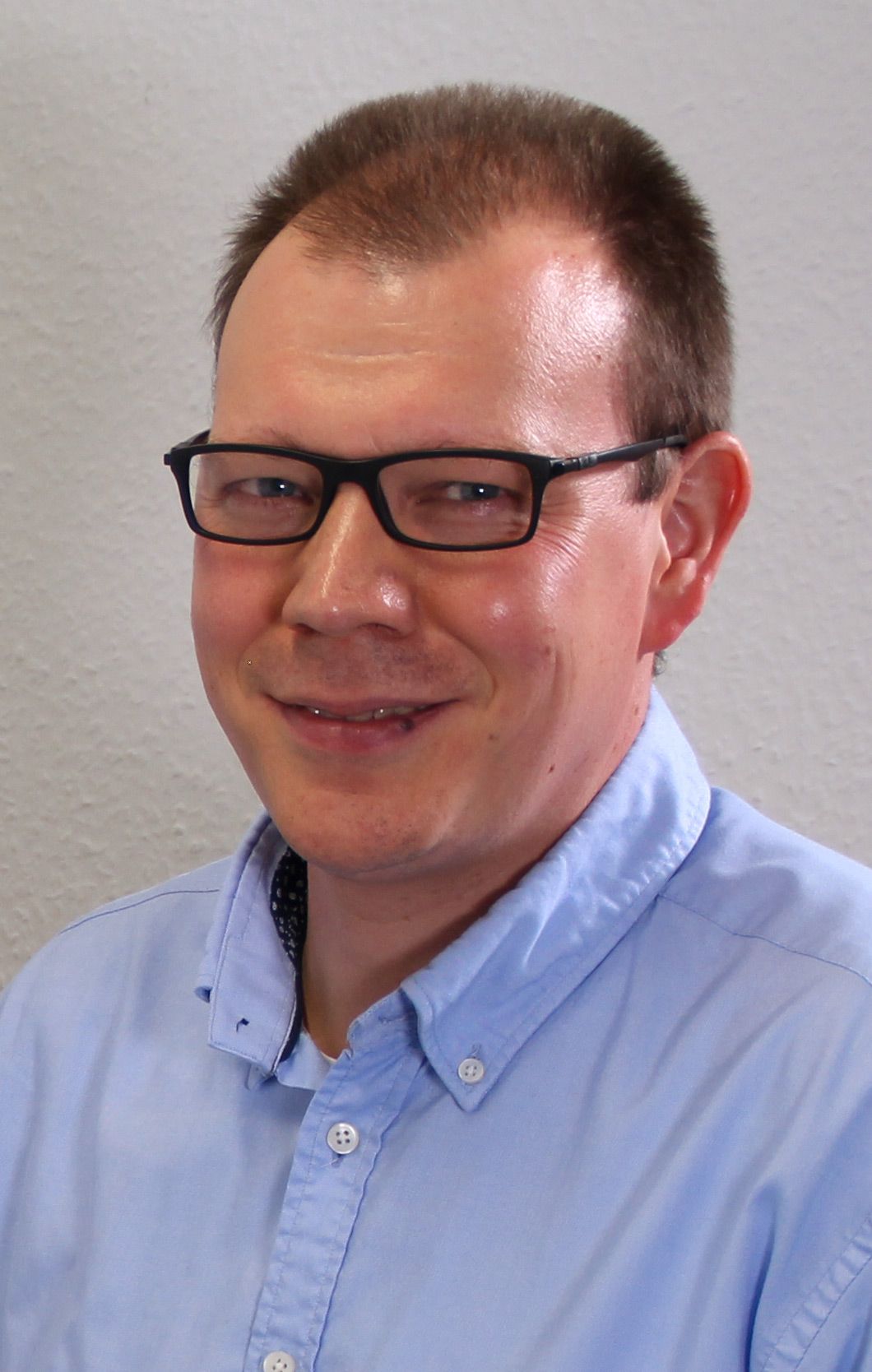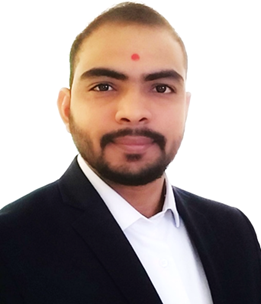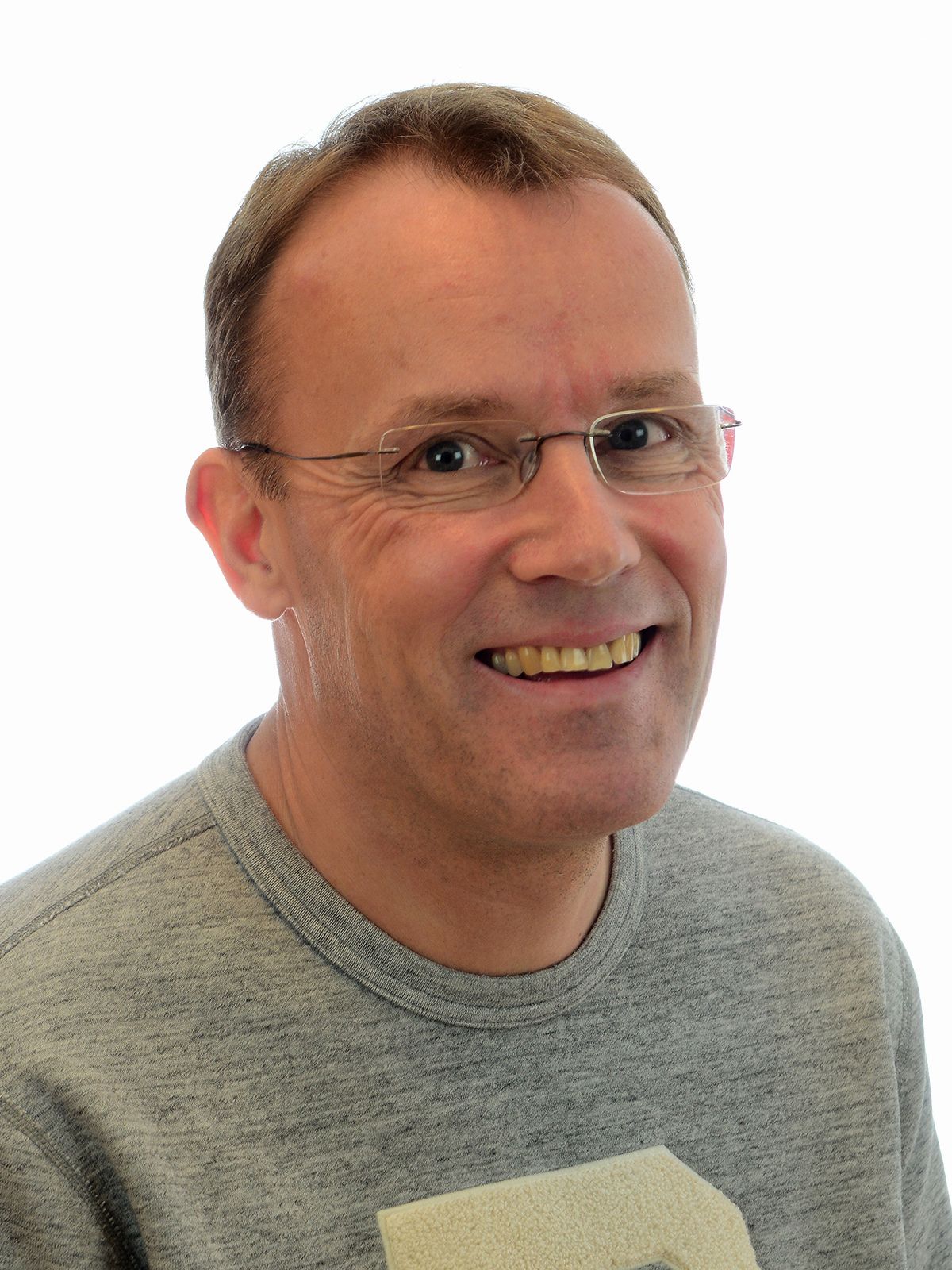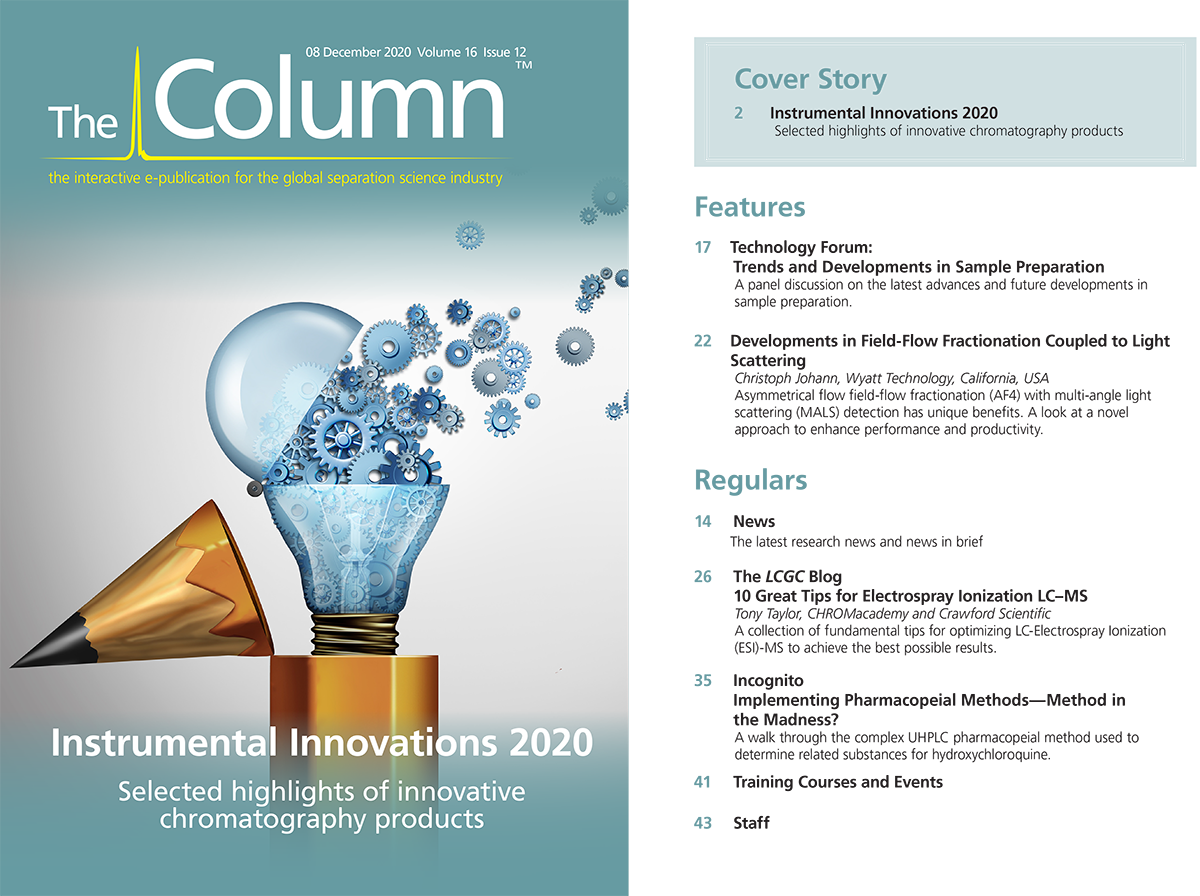Trends and Developments in Sample Preparation 2020
A panel discussion on the latest advances and future developments in sample preparation.
fergregory/stock.adobe.com

Q. What trends do you see emerging in sample preparation?
Marisol Cárdenas: Sample preparation should be a simple and transferable stage of the analytical process. Simplicity of sample preparation based on cost-effective materials should be the driving force behind research in sample preparation. This would also help to increase the interest in the university research sector from the production sector.
Oliver Lerch: From the perspective of a product manager for automated sample preparation, I see that a number of established, effective, and rugged sample preparation techniques are still performed manually by many laboratories worldwide—even though they could be automated with commercially available instruments. Automation is definitively still on the rise, contract laboratories and the chemical industry want to automate as many manual workflows as reasonably possible and this applies to all types of chemical and biochemical analysis, not just LC– and GC–MS applications. The best example are the large pipetting robots that handle our Corona PCR tests and facilitate such incredible throughput, helping us to get through the current pandemic. This means that instrument manufacturers need to invest more in the development of innovative hardware and especially software solutions. I see the trend of coupling diverse instruments from different manufacturers under one communication protocol. This could give the analytical world a boost similar to what we experienced during the “golden years” after GC–MS and LC–MS had first emerged.
Coupling or hyphenating instruments requires new soft- and hardware interfaces. Establishing generic communication/interface standards such as the standardization in laboratory automation (SiLA 2) or open platform communications unified architecture (OPC UA) and the derived Laboratory Agnostic Device Standard (LADS) could be a valuable first step. Our efforts should result in the availability of a toolbox of techniques that “just” need to be connected to gain significant new benefits for the user. Mobile robots delivering samples from the refrigerator to a pipetting robot and finally to an analysis system are not just a dream any more. The future of analytical chemistry will increasingly be the domain of software/firmware programmers—like most areas in our future life. Accordingly, laboratory staff may need a higher level of software training.
Mihir Thakar: Sample preparation in the proteomics field is one of the most critical and under-focused areas as a result of the meticulous research that is required before upgrading conventional procedures. While the research may be time-consuming, the impact to the results are substantial, such as speed, reproducibility, sustainability, and cost-effectiveness. Some examples of these advances are trypsin spin columns for quick peptide mapping, rapid glycan analysis tools for digestions, labelling, and clean‑up, and specialized spin cartridges/columns for complex post-translation modification analysis. As the goal of sample preparation is to balance time savings and the integrity of results, developing high-throughput workflows while minimizing protein modification helps to achieve this.
Stig Pedersen-Bjergaard: I think sample preparation is going “micro”. Microextraction has been around for 30 years, so it is definitely not new. A lot of microextraction is published in the scientific journals, but implementation into routine laboratories is slow. I also think the next generation of analytical chemists will be much more concerned about the use of hazardous chemicals, and they will prefer microextraction for environmental reasons. This generation are also born with smartphones in their hands, and will use them as much as they can for chemical measurements. Of course, this requires sample preparation, not with separation funnels, but with microextraction integrated into devices compatible with smartphones!
Q. In your opinion, what is the future of sample preparation?
Marisol Cárdenas: We should emphasize that although sample preparation is very often identified as a bottleneck, sometimes it is an unavoidable step. Bearing this in mind, reduced sample manipulation, either by automation or the design of selective extractant phases that could isolate the target analyte or family of analytes is essential. Additionally, the integration of these extraction units with the instrumental techniques, and specifically high-resolution mass spectrometry is a clear trend in sample preparation.
Oliver Lerch: Generally, I see a bright future for sample preparation. Questions of cost for each sample, miniaturization, and sustainability are gaining importance. In my opinion, microscale sample preparation techniques that can be combined and automated will have a promising future.
A good example is the analysis of microplastics in different environmental samples. Currently, the analysis is performed predominantly manually using spectroscopic methods or even counting particles under a microscope after sample pretreatment. These approaches are extremely tedious and result in a throughput of only a couple of samples a day without proper mass conversion factor for calculating concentrations. The combination of pyrolizing a complex soil or filter sample in a thermogravimetric oven, collecting the evolved breakdown products, and analyzing them for characteristic compounds by thermal desorption GC–MS offers a quick screening tool (TED-GC–MS) for microplastics in complex samples.
Moreover, microsampling and analysis techniques for blood are gaining importance. In this context dried blood spot (DBS) sampling and volumetric absorptive microsampling (VAMS) play an important role because they enable safe and simple self-sampling in any location on the world. This translates to more freqent analysis of important blood parameters and ultimately better patient care, a more effective fight against doping and drug abuse, and more meaningful pharmaceutical study results, respectively. One current example is the detection of SARS-CoV-2 IgG antibodies by standard enzyme-linked immunosorbent assay (ELISA) tests using dried blood spots sampled by the patients themselves at home.
Mihir Thakar: Currently, with the technology that exists on the market, proteomic scientists can easily analyze protein modifications with moderate time and minimal errors. In the future, with improvements to the current workflow, it would make it possible to save even more time, including resources and human errors, while maximizing automation to increase output. Innovations in sample preparation automation equipment will lead to increases in productivity so that all laboratories can process samples in a fast-paced laboratory environment for quicker and more reliable results.
Stig Pedersen-Bjergaard: As I mentioned before, future sample preparation will be based on microextraction, tailor-made for smartphones and other hand-held devices. Microextraction will also be implemented in biomedical research to assist soft extraction. In this way we can do extractions in living biological systems, without disturbing biochemical equilibria.
Q. What is the LC or LC–MS application area that you see growing the fastest?
Marisol Cárdenas: Untargeted analysis is one of the fastest growing application areas in any chromatographic mode (either LC or GC) when coupled with high-resolution mass spectrometric detectors. The non-directed analysis makes the technique more versatile and capable of being adapted to the analysis of samples where the analytes should not be specifically limited to a previous selection made by the analyst.
Oliver Lerch: In my view the broad field of “omics-applications”, such as proteomics, lipidomics, metabolomics, and so on, drives the application of LC–MS the fastest. The hope is that these applications will lead to better diagnostic tools, more effective cures for diseases, and better nutrition for the world’s population, three major issues for mankind today.
Mihir Thakar: In biological therapeutics, the majority of drug development occurs in relation to different types of immunoglobulin G (IgG). The research revolves around identifying modifications and subclasses of IgG such as charged species and oligomers or fragments. One of the latest trends for LC is to analyze both of these parameters using 2D-LC to facilitate and take advantage of the two different modes. For LC–MS, the native MS workflow is growing in use because it produces data without altering the protein properties. Native MS also offers fewer intermediate steps between LC and MS or MS/MS, providing better results with no additional time.
Q. What one recent development in the area of sample preparation would you say is the most important?
Marisol Cárdenas: It is not easy to choose one, but in my field of expertise, I would say that the use of nanostructured materials and new extractant phases such as supramolecular solvents (SUPRAS) or metal‑organic frameworks (MOFs) have clearly contributed to increase the efficiency of sample preparation and to reduce the sample volume/chemicals, making sample preparation more sustainable.
Oliver Lerch: In my view there has been no single ground-breaking new development. Nevertheless, combining different existing techniques will catalyze significant advances in the area of sample preparation and analysis overall. Reinventing the wheel for individual techniques is not as likely to make a difference as just combining established techniques.
Mihir Thakar: One of the most important recent developments in sample preparation is rapid glycan clean-up. Traditionally this workflow would take over two days of preparation and subsequent analysis. In order to get the results, the protocol required a daily glycan digestion followed by a tedious protein removal, 4-hour-long fluorophore tagging, and eventually led to clean-up by solid phase extraction prior to the LC–fluorescence detection (FLR) or LC–MS analysis. With improvements to this method, the workflow has been optimized to only a 30 min sample preparation procedure while still leading to accurate results.
Stig Pedersen-Bjergaard: From my perspective, which is from a pharmaceutical and biomedical angle, I think recent research on in-vivo SPME and LPME/EME are very important, but I am probably a little biased.
Q. What obstacles do you think stand in the way of sample preparation development?
Marisol Cárdenas: One issue that needs to be solved is the difficulty associated with the validation of analytical processes that implement new tools at the sample preparation level. The time required to modify official or reference methods always makes the advances proposed at the R&D step obsolete, even if eventually they are approved.
Oliver Lerch: Analytical chemistry and sample preparation in particular only get limited attention in chemical research. This is illustrated by the relatively small number of professorships for analytical chemistry and the low impact factors of analytical chemistry journals. I think this is one key factor that slows down new developments.
Manufacturers of sample preparation tools and systems have invented numerous new techniques over the past years. Nevertheless, many users take a lot of convincing and stick to tried and trusted products and concepts, which in many cases are methods that have been validated and proven over years.
From the manufacturers’ point of view, regulations also slow down innovation. This is especially seen in the field of clinical diagnostics. Instruments and tests need to be developed and manufactured according to in-vitro diagnostic (IVD) legislation. After having passed such a complex and costly process successfully, the manufacturer of an in-vitro diagnostic test has no interest in changing anything in the workflow or instrumentation because this would result in the need for a recertification. The outcome is most clearly seen in clinical laboratories worldwide where LC–MS techniques have arrived with a delay of 10–15 years compared to other application areas, such as food safety analysis. The in-vitro diagnostic legislation is a barrier against using calibration-based techniques such as LC–MS and GC–MS, which are solely calibrated by the end user and not by the instrument manufacturer. Assuming that the instrument and the method are generally ”fit for purpose”, the quality of results is much more dependent on the quality of the work performed in the laboratory than on the instrument being manufactured according to IVD guidelines. Case in point: Personally, I would rather have my hormone levels determined by a validated non-IVD LC–MS test in an accredited clinical laboratory than by an IVD immunoassay in the same laboratory. Whatever the IVD regulations require, in my view a mass spectrum says more than an immunoassay. In my perspective, IVD legislation is the main impediment to the implementation of state‑of-the-art techniques in the clinical laboratory and also slows down the development of innovative techniques, especially in small, innovative companies.
Mihir Thakar: What we commonly see as a hurdle for sample preparation is not only a knowledge barrier around complete solutions but also having to work with analytes that are constantly changing, such as biologics in drugs development that are diversified in advanced segments of discovery biology. It is difficult to have a deep and extensive understanding for all of the biological workflows for diverse analytes that also have different clean-up and analysis requirements.
Stig Pedersen-Bjergaard: Analytical methods used in routine analysis are validated, and this is a big advantage in the way that we then know the data are accurate. Validation takes time and costs money, and therefore routine laboratories prefer to use their existing methods, including the sample preparation methods. Although a lot of new sample preparation methods are published in the scientific literature, they are implemented into routine analysis to a very small extent.
Q. What was the biggest accomplishment or news in 2019/2020 for sample preparation?
Marisol Cárdenas: After several years of evaluation of novel extractant phases and (micro)extraction formats, we have been able to catch the interest of the scientific community with sample preparation. This can be visualized through the consolidation of dedicated international conferences on this topic. Also, the proposal of thematic networks that join scientists working on sample preparation for sharing knowledge and providing visibility to the topic. The EuChemS Sample Preparation Task Force and the Spanish Network on Innovation in Miniaturized Sample Treatment exemplify this.
Oliver Lerch: Analytical chemists are increasingly focused on the sustainability of their laboratory operations, their techniques, and their methods. Guidelines for rating analysis methods with regard to environmental friendliness and sustainability have already been established over the past couple of years. Becoming aware of this was my personal highlight of the last year. For example, I listened to a presentation from a member of the “Green Analytical Project”. Analytical chemists have started to feel responsible for the future in terms of reducing the environmental impact of their activities, partly driven by young activists that make their voices heard all over the globe. That has impressed me and I propose that we, as analytical chemists, should strive for greener and more sustainable analysis techniques. For example, the liquid–liquid extraction (LLE) with 50 mL of toxic dichloromethane is still widely used, but completely outdated and often unnecessary. We as a community should fix that, as a helping hand to future generations.
Mihir Thakar: From analytical to large molecule sample preparation, some of the biggest accomplishments have come from coupling multi-functional sample preparation products with automation. The advantages of using multi-well products that can clean-up, extract, concentrate, and remove matrix effects in parallel, while also using semi-automation or automation to speed up the method is a big achievement. Even using something as simple as a high‑throughput magnetic separation device for immunocapture using magnetic beads has massive implications for improving on traditional ELISA methods.
Stig Pedersen-Bjergaard: It is very difficult to select a single accomplishment. I think the accumulated sample preparation efforts are the biggest accomplishment, to establish this as a scientific discipline and attract the attention of analytical chemists.

Marisol Cárdenas is a Professor of Analytical Chemistry at the University of Córdoba, Spain.

Oliver Lerch is Product Manager, Automated Sample Preparation at Gerstel GmbH & Co. KG.

Mihir Thakar is the Global Product Manager of Biologics-Sample Preparation at Phenomenex.

Stig Pedersen-Bjergaard is a Professor of Pharmaceutical Analytical Chemistry at the University of Oslo, Norway.

Study Explores Thin-Film Extraction of Biogenic Amines via HPLC-MS/MS
March 27th 2025Scientists from Tabriz University and the University of Tabriz explored cellulose acetate-UiO-66-COOH as an affordable coating sorbent for thin film extraction of biogenic amines from cheese and alcohol-free beverages using HPLC-MS/MS.
Multi-Step Preparative LC–MS Workflow for Peptide Purification
March 21st 2025This article introduces a multi-step preparative purification workflow for synthetic peptides using liquid chromatography–mass spectrometry (LC–MS). The process involves optimizing separation conditions, scaling-up, fractionating, and confirming purity and recovery, using a single LC–MS system. High purity and recovery rates for synthetic peptides such as parathormone (PTH) are achieved. The method allows efficient purification and accurate confirmation of peptide synthesis and is suitable for handling complex preparative purification tasks.









